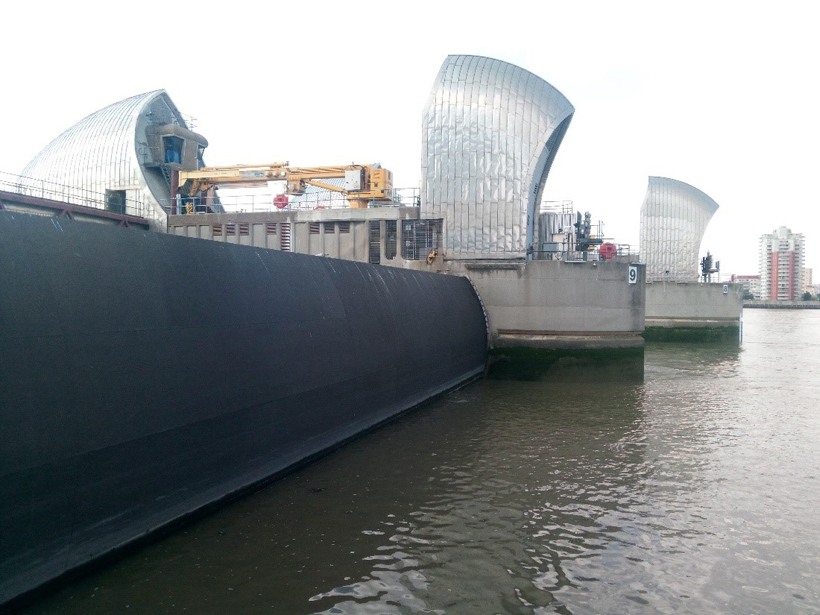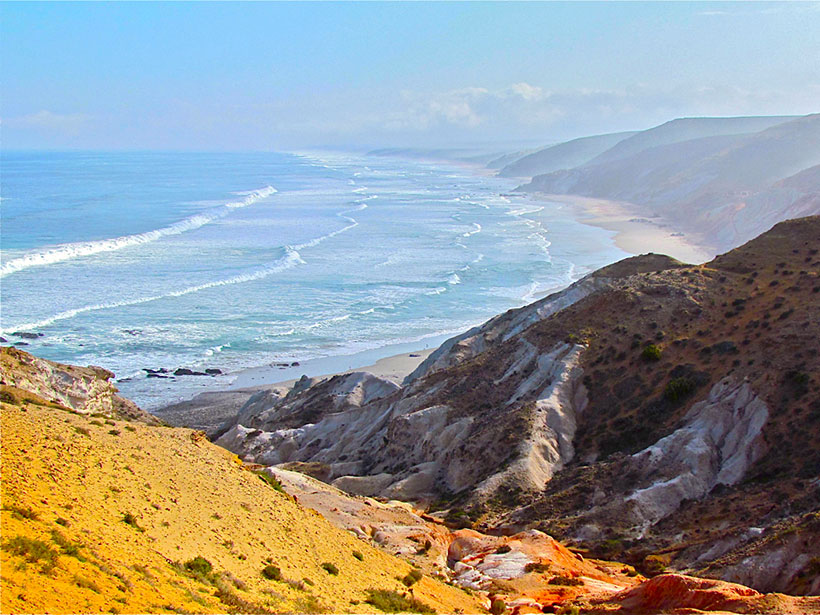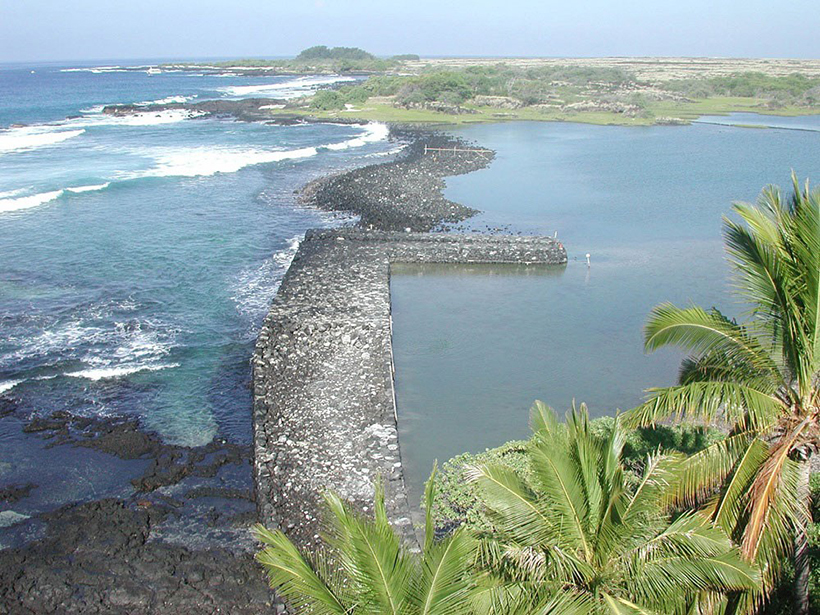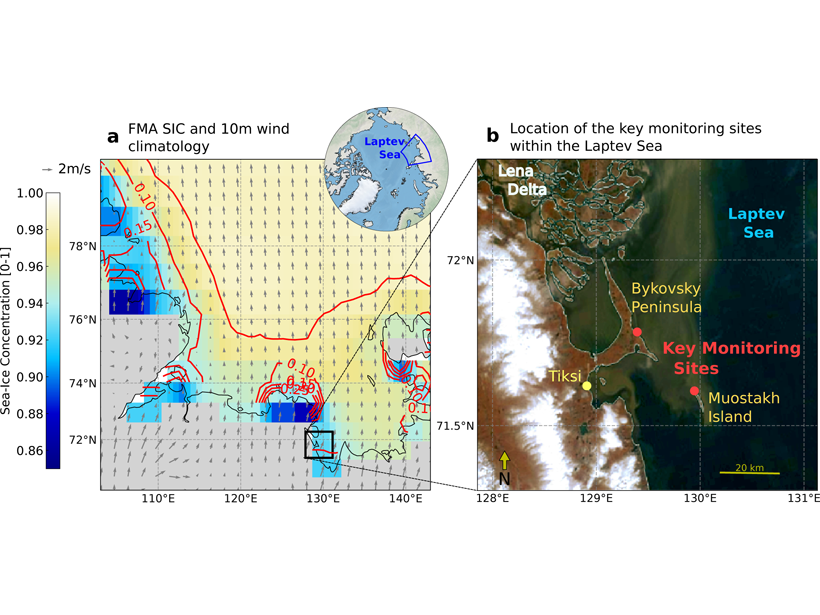The size of tides has changed in the past and will continue to change in the future due to natural and anthropogenic influences on estuaries, coastlines, and near shore regions.
beaches, coasts, & shorelines
Estuary Research Suffers from Scientific Bias
Researchers are calling for a closer look at nutrient cycling in tropical and low-nutrient estuaries, which have long been overlooked in the scientific literature.
A Brighter Future for Coral Reef Islands
Although some islands demonstrate more resiliency than previously thought, island communities may require significant flood-resistant infrastructure to maintain their way of life.
Ancient Sea Levels in South Africa May Offer Modern Analogues
Largely spared from disruptive tectonic activity, the South African coastline offers a natural setting to study sea levels from when Earth’s atmospheric carbon dioxide last reached today’s levels.
Larger Waves in Store as the Planet Warms
By the end of the 21st century, waves will have gotten larger in some ocean basins, particularly the Southern Ocean, climate modeling reveals.
Is Space Weather Worse by the Sea?
A new simulation of space-weather driven geoelectric fields at the land/sea conductivity boundary shows how these fields are magnified by both coastal effects and inhomogeneous land conductivity.
El Agua Subterránea es la “Conexión Occulta” Entre la Tierra y el Océano
La importancia del agua subterránea dulce para los ecosistemas costeros es revelada utilizando el primer modelo numérico a escala global.
Groundwater Is the “Hidden Connection” Between Land and Sea
The importance of fresh groundwater to coastal ecosystems is revealed using the first computer model at a global scale.
Linking Hydrology and Biogeochemistry in a Tropical Urban Estuary
Low-lying coastal estuaries are intertwined with tropical cities around the world. Yet little is known about these water bodies, which affect millions of people globally.
Arctic Coast Erosion Linked to Large-Scale Climate Variability
Changes in rates of Arctic coastal erosion detected from multi-decadal measurements are attributed to the shorter duration in the winter sea ice coverage and large-scale changes in the wind patterns.










